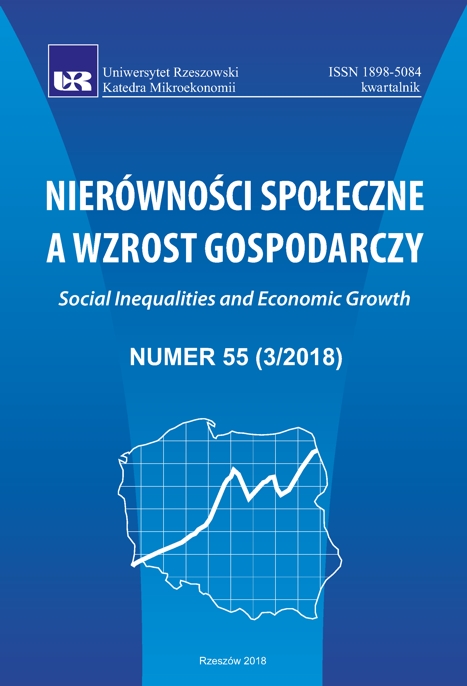State, private and third sector in migration policy. The example of the Danish vocational education system
DOI:
https://doi.org/10.15584/nsawg.2018.3.19Keywords:
vocational training, Denmark, migration, private sector, third sectorAbstract
The aim of this article is to explain that state interventions needed for realisation of educational and migration policy’s goals are made at the intersection of different social policies and in cooperation with private sector. The analysis is based on the Danish vocational education system and includes a review of the Danish welfare state’s reforms after 2008. For purposes of the analysis recent literature about the Danish vocational training system was reviewed, data on migration flows and structure as well were evaluated and recent social policy reforms in Denmark were studied. Welfare state reforms in Denmark were directed towards both demand and supply side – private companies offering training places and training participants, respectively. The reforms took mainly the form of negative stimuli for the supply side, meaning stricter criteria for migrant intake and family reunification as well as stronger conditioning of stay upon the ability to engage in continuing education. The demand side, represented by a fragmented private sector, gained financial support to be able to provide training places to students. These policy actions can be explained by the tradition of private sector autonomy and hence an indirect state role in industrial policy. State interventions were nevertheless needed to help private sector recover from the crisis 2008–2009 and be able to meet export policy goals. Furthermore, the privileged position of private sector in vocational education helps understand the limited role of third sector in Denmark, in the article represented by folk high schools, in providing vocational training.Downloads
Download data is not yet available.
Downloads
Published
2020-11-13
How to Cite
Wetoszka, P. (2020). State, private and third sector in migration policy. The example of the Danish vocational education system. Social Inequalities and Economic Growth, 3(55), 283–294. https://doi.org/10.15584/nsawg.2018.3.19
Issue
Section
Articles
License
Copyright (c) 2018 University of Rzeszow

This work is licensed under a Creative Commons Attribution-ShareAlike 4.0 International License.


